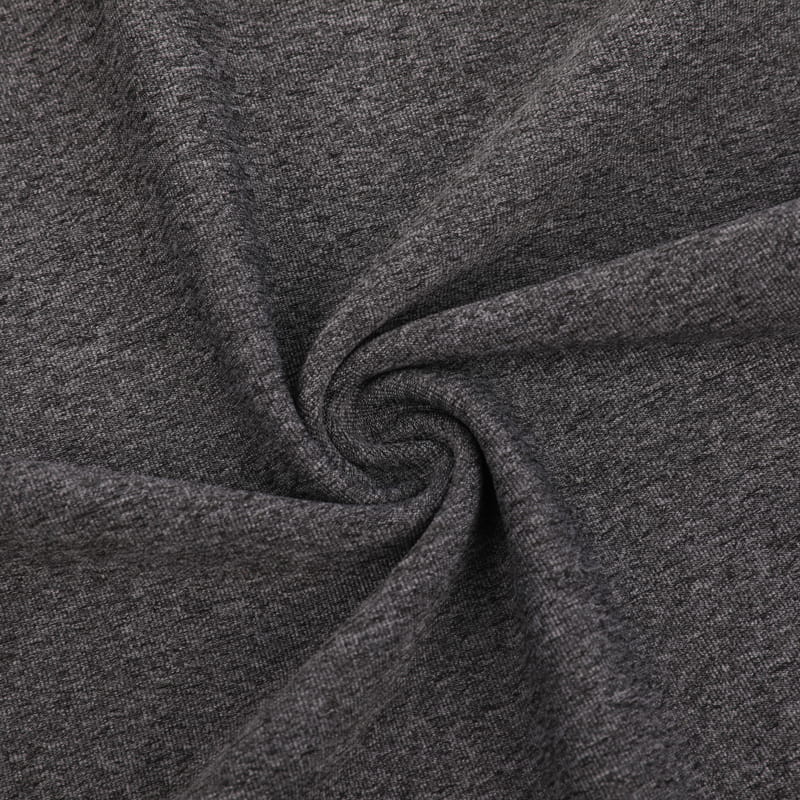Cationic fabric, known for its vibrant colors and enhanced dye retention, is a specialized type of textile that stands out in the realm of synthetic fabrics. The key to its distinctive qualities lies not only in the choice of materials but also in its unique dyeing process.
Materials Used in Cationic Fabric
1. Polyester:
Polyester is a primary material used in the production of cationic fabric. This synthetic fiber is favored for its durability, resistance to shrinking and stretching, and its ability to hold vibrant colors exceptionally well. In the context of cationic fabric, polyester serves as a versatile base that interacts effectively with cationic dyes during the dyeing process.
2. Nylon:
Nylon, another synthetic fiber, is also commonly used in the manufacture of cationic fabric. Known for its strength, elasticity, and abrasion resistance, nylon contributes to the durability and performance of cationic textiles. Nylon cationic fabrics are utilized in various applications ranging from activewear and outerwear to bags and accessories.

The Cationic Dyeing Process
What truly sets cationic fabric apart is its dyeing process. Unlike traditional dyeing methods, cationic dyeing involves the use of specialized cationic dyes. These dyes are formulated to carry a positive charge, which allows them to bond effectively with the negatively charged sites on the surface of polyester and nylon fibers. This bonding mechanism ensures that the dyes penetrate deeply into the fibers, resulting in vivid and long-lasting colors that resist fading even after repeated washes.
Additional Components and Considerations
While polyester and nylon form the backbone of cationic fabric, additional components may be incorporated to enhance specific properties. These can include:
Moisture-Wicking Additives: to improve comfort in activewear and performance clothing.
UV Resistance Treatments: to protect against harmful sun rays in outdoor applications.
Antimicrobial Finishes: for odor control and hygiene in sportswear and undergarments.
Flame Retardant Additives: for safety in industrial and protective clothing.
Applications and Benefits
Cationic fabric finds extensive use across various industries and applications. Its vibrant colors and enhanced colorfastness make it particularly desirable for:
Sportswear and Activewear: where durability, moisture management, and vibrant aesthetics are crucial.
Outdoor Gear: such as tents, backpacks, and performance outerwear that require robust materials with superior color retention.
Fashion and Accessories: where designers seek fabrics that offer both style and durability.
Environmental Considerations
While cationic fabric offers numerous performance advantages, its production involves synthetic materials that can have environmental implications. Efforts are underway within the textile industry to develop more sustainable versions of cationic fabrics, including recycled polyester and eco-friendly dyeing processes that minimize water and chemical usage.


 English
English 中文简体
中文简体


.jpg?imageView2/2/format/jp2)











